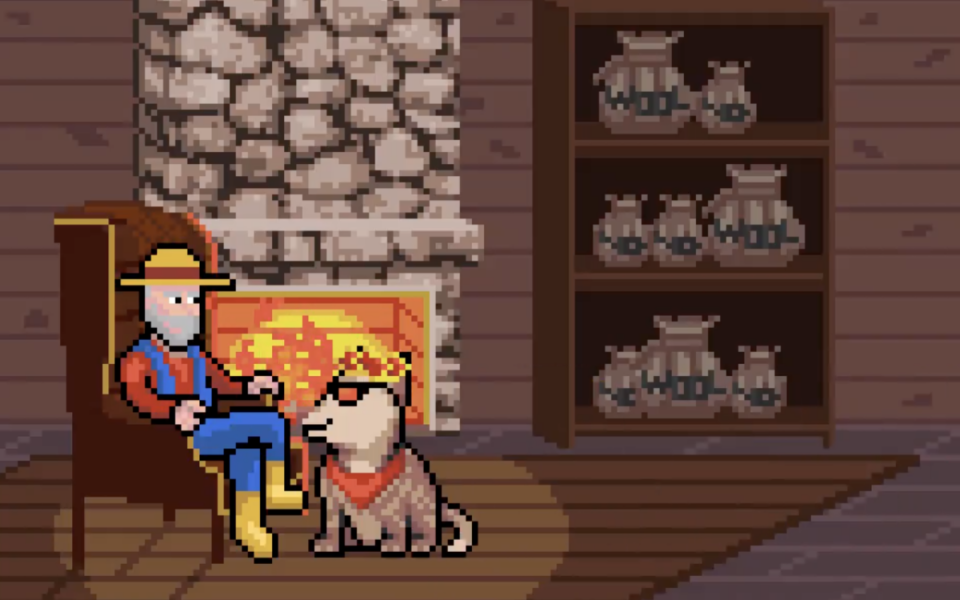Wolf Game NFTs: A Guide to Gameplay, Wool, and More
The world of blockchain gaming can be confusing. For every smash-hit success, there’s an equally unfortunate story of the disastrous ruin or slow demise of a play-to-earn (P2E) game (see Axie Infinity’s rise and fall). But if done right, gaming in Web3 can be a potent gateway to onboarding billions to the blockchain. And, though a bonafide AAA blockchain title has yet to hit the scene, skeptics shouldn’t discount the progress and innovations being made in the crypto-native sphere.
Wolf Game is just one such success story. One of the most compelling and popular entries to the blockchain gaming space, Wolf Game’s Genesis collection alone has generated more than 26,399 ETH in trading volume on the secondary market as of January 2023. The game’s high-risk-high-reward dynamics are unlike any other project in the NFT space and have drawn in plenty of big-name NFT icons, including Beanie, Gmoney, Gary Vee, and Seedphrase. With developers releasing the full version of the game in December 2022, Wolf Game has regained the attention of the broader NFT community, so we’ve broken down what the game is and why it’s so unique. Let’s dig in.
What is Wolf Game?
Wolf Game opens its “woolpaper” in cinematic fashion: “In a quaint region of the metaverse, Sheep and Wolves on the blockchain compete for a tempting prize of WOOL, with deadly high stakes.” Far from an action-adventure title where characters run around completing objectives, this play-to-earn game forces players to strategize their movements, melding NFTs with Defi elements to let their characters earn passive income through staking mechanics. The game very much exists in the vein of predecessors like Anonymice and EtherOrcs, both on-chain games that utilized game theory in their own ways.
Wolf Game’s current version launched in December 2022 after several iterations, including November 2021’s Wolf Game and three spinoff mini-games, Alpha Game, Cave Game, and Risky Game — all of which included or alluded to some form of the game’s current mechanics.
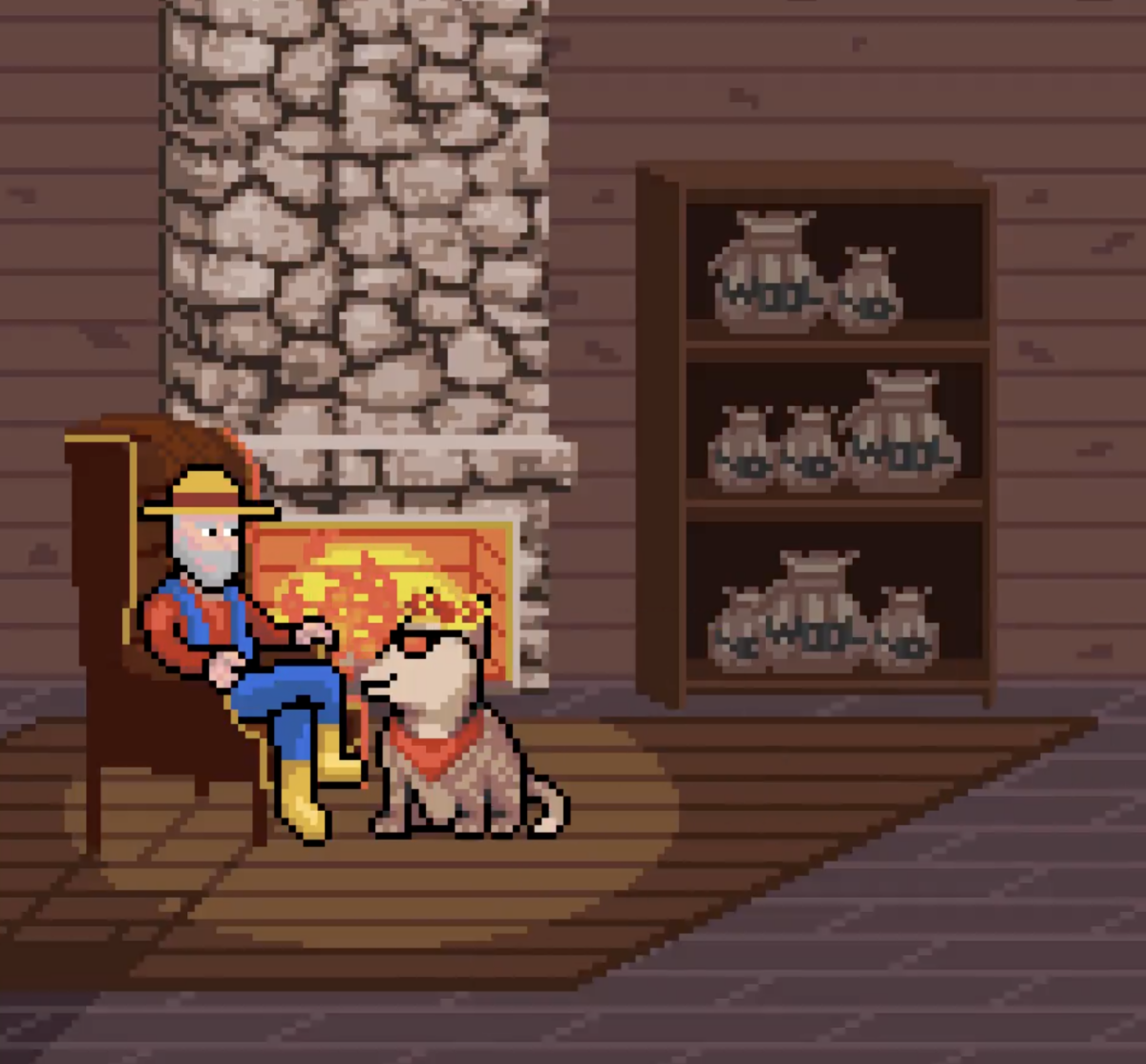
Wolves vs. Sheep
On November 18, 2021, Wolf Game developers dropped the project’s Genesis collection: —10,000 NFTs of Wolves and Sheep priced at 0.06942 a piece — and it quickly sold out. Even during the mint, the game’s probabilistic nature was present; collectors had a 90 percent chance of minting a Sheep and a ten percent shot at getting a Wolf.
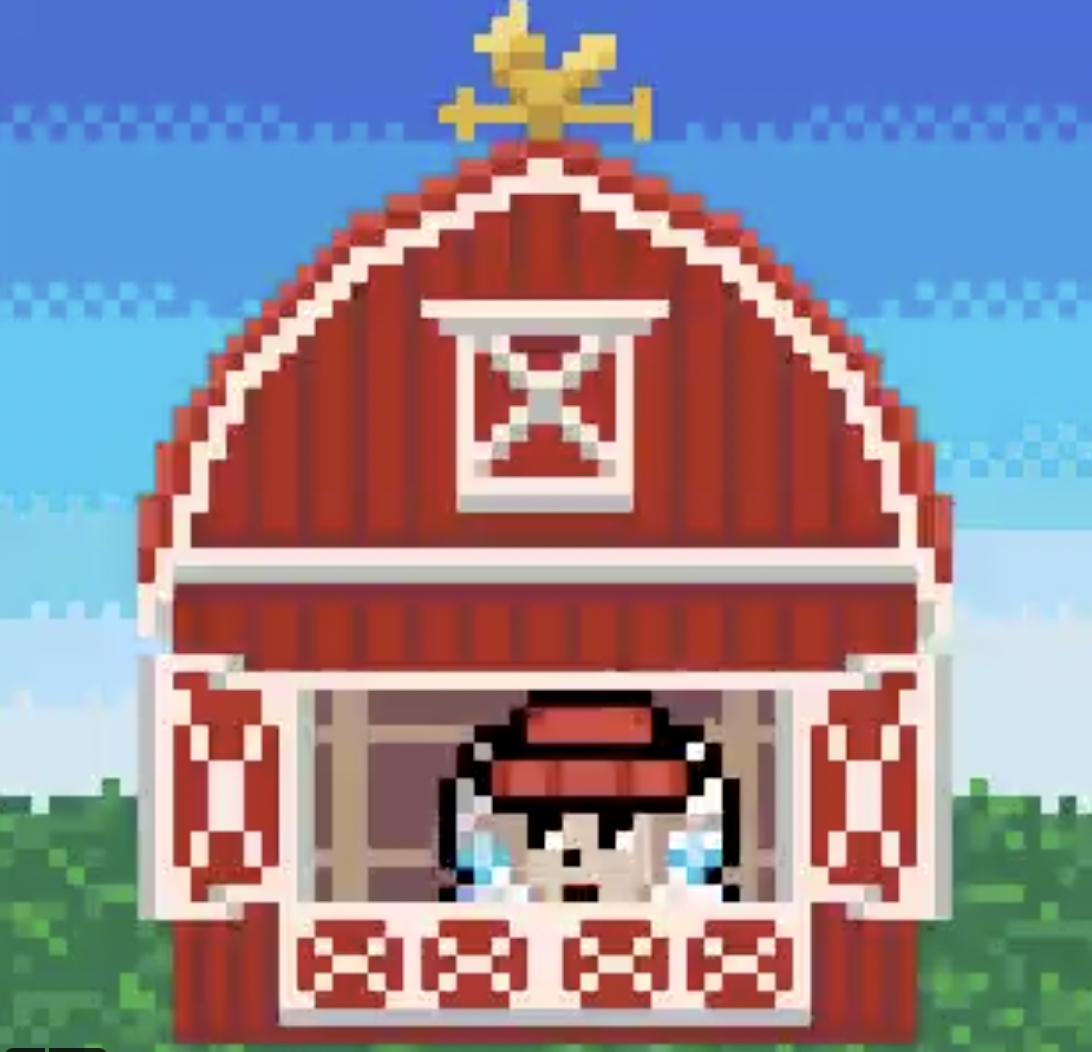
Wolf Game’s premise and dynamics are relatively straightforward: Sheep NFTs strive for a laid-back life producing WOOL, the game’s native token. Sheep make WOOL in one of two ways — either by the holder staking them in the Barn or through breeding. But Wolf NFTs pose a risk to this idyllic life.
To collect the in-game resources, Sheep must venture outside a Barn to their land plots (spending energy in the process). This comes with the risk of being looted by a Wolf, however. If a Wolf loots them, they will only return to the barn with a fraction of what they collected. The amount stolen in any particular loot depends on the outcome of a mini-game played between those two NFTs. Wolves can even make off with another player’s Sheep NFTs, adding them to their collection and increasing their ability to generate WOOL.

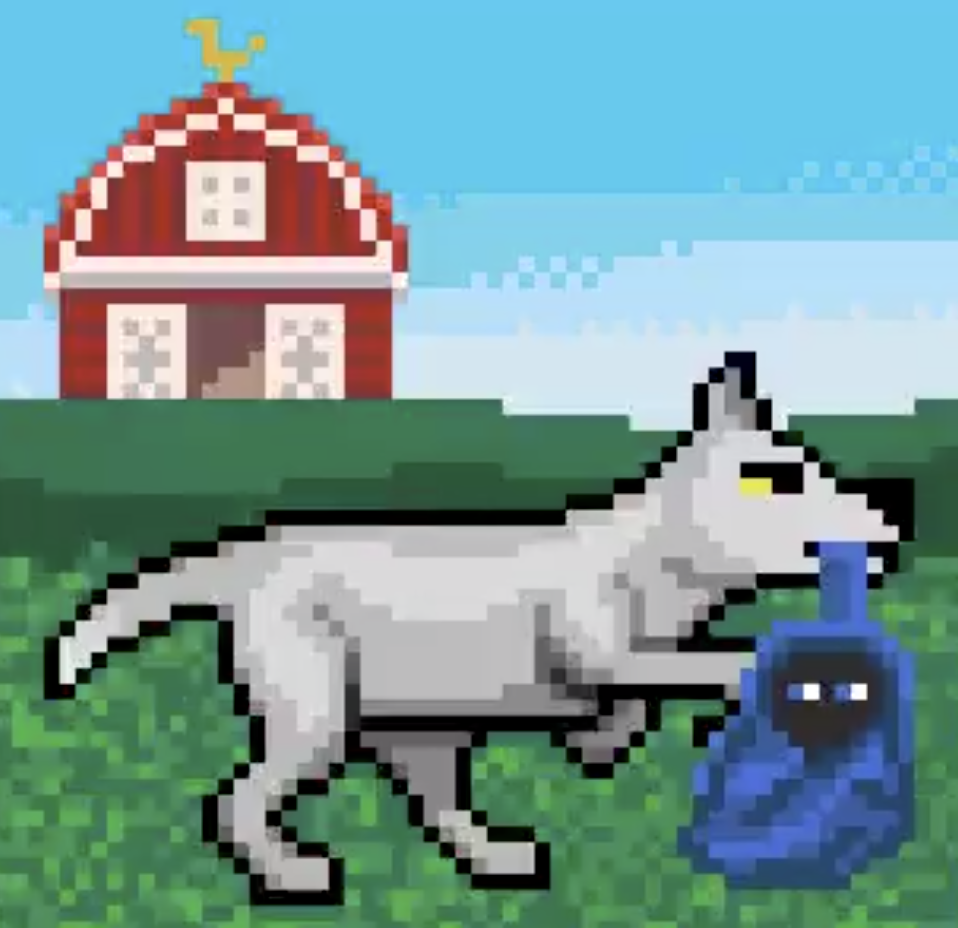
So, not only do players risk losing significant amounts of the in-game token they’ve been staking their NFT to gain, they risk losing their NFTs altogether. As the game’s whitepaper explains, the ecosystem requires a minimum of a player’s time and a maximum of their thought to outsmart the competition.
Wolf Game Communities
All of this WOOL production, stealing, and strategizing occurs against a backdrop of the Genesis Lands, where players aim to utilize digital plots of land (supply capped at 20,000) that assist them in gaining economic dominance over each other. In total, 101 Communities exist across those pieces of land. Wolves live on the Peak (Community 0), where they can breed and recharge. Recharging is needed when a Wolf Game NFT runs out of energy, a game component that is used up when an NFT engages in just about any activity.
Most Wolf Game events take place on the Farm, the plots of land that comprise the gaming universe other than the Wolves’ Peak. Each plot of land produces a different resource depending on its geography: Pasturelands produce Grass, Forests produce Wood, Quarries produce Stone, and Lakes produce Water. Players can use these resources to build a variety of Structures, including Barns (when Sheep breed), Bathhouses (where Sheep and Wolves can recharge their energy), and Dens (when Wolves breed). All of these structures can subsequently be upgraded with WOOL.
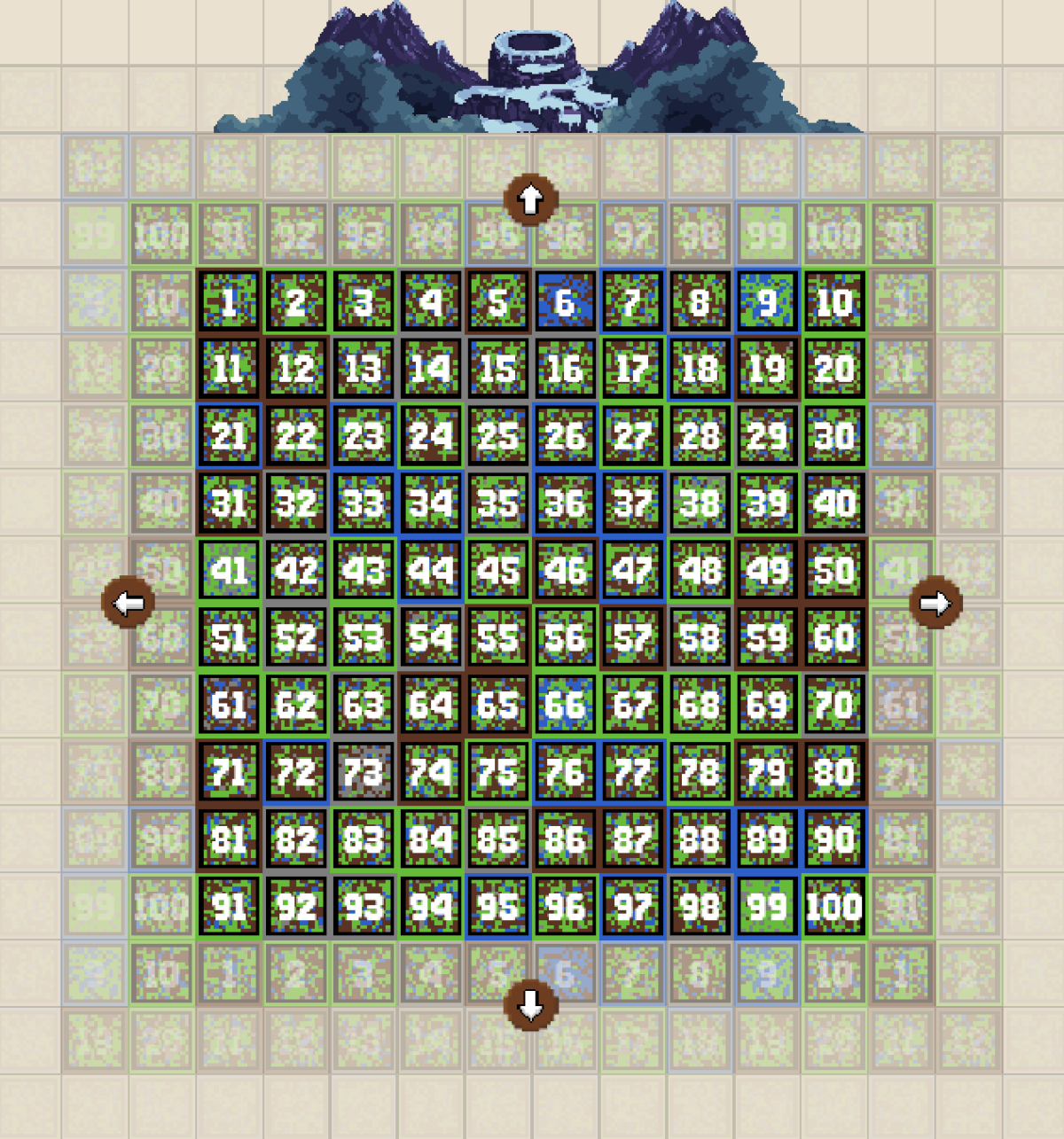
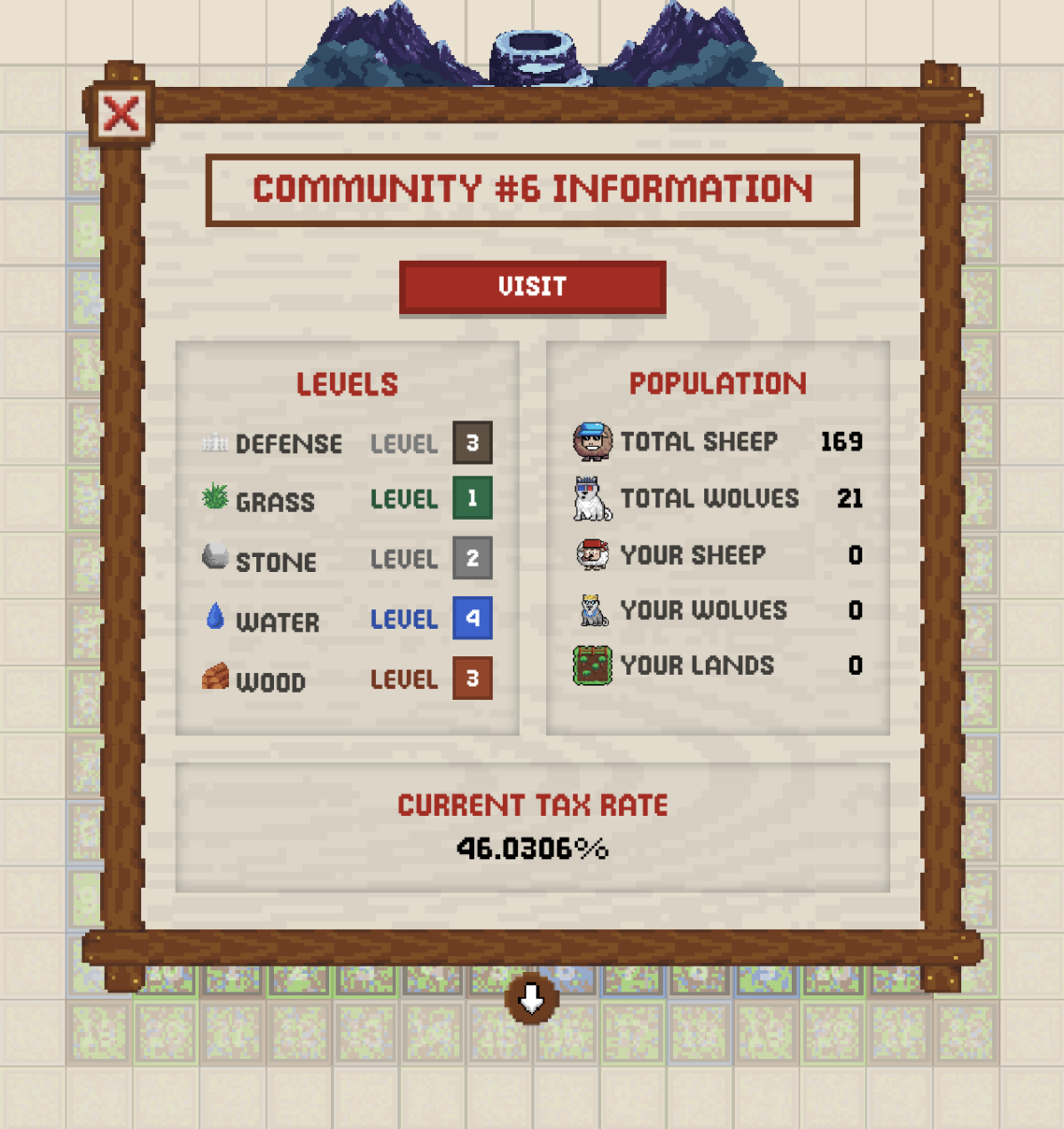
One way Wolf Game incentivizes participation in its ecosystem is through the in-game taxing system. Landowners in the game can collect taxes from the resources other players gather on their plots, but those resources will be burned if they don’t do so within seven days.
Wool, Farmers, and other Wolf Game NFTs
Other than Sheep, Wolves, and Land, several other Wolf Game NFTs influence what players do (and can’t do) in the game. We’ve already talked a lot about WOOL, a fungible ERC-20 token whose supply will be capped at five billion. As mentioned, staking a Sheep is one way to generate the token, producing 10,000 WOOL per day.
If a player wants to claim their WOOL without unstaking their NFT, they can do so through a process known as shearing. Doing this enables them to receive 80 percent of the accumulated token, with the remaining 20 percent going to the tax levied by the Wolves for not attacking Sheep who are in the Barn. Players can also buy a WOOL-related NFT called a Wool Pouch on OpenSea, which unlocks the WOOL contained within it over time.
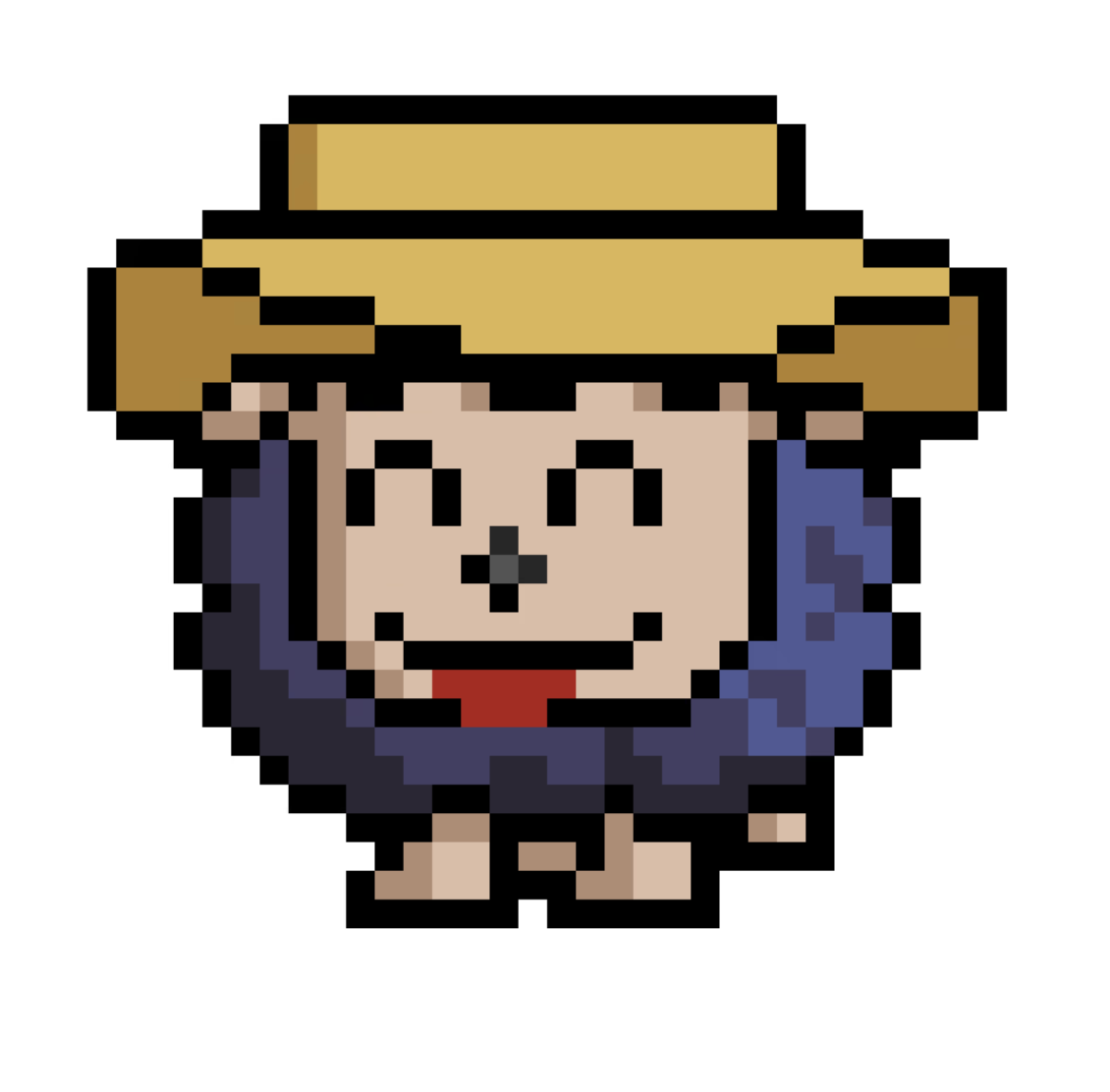
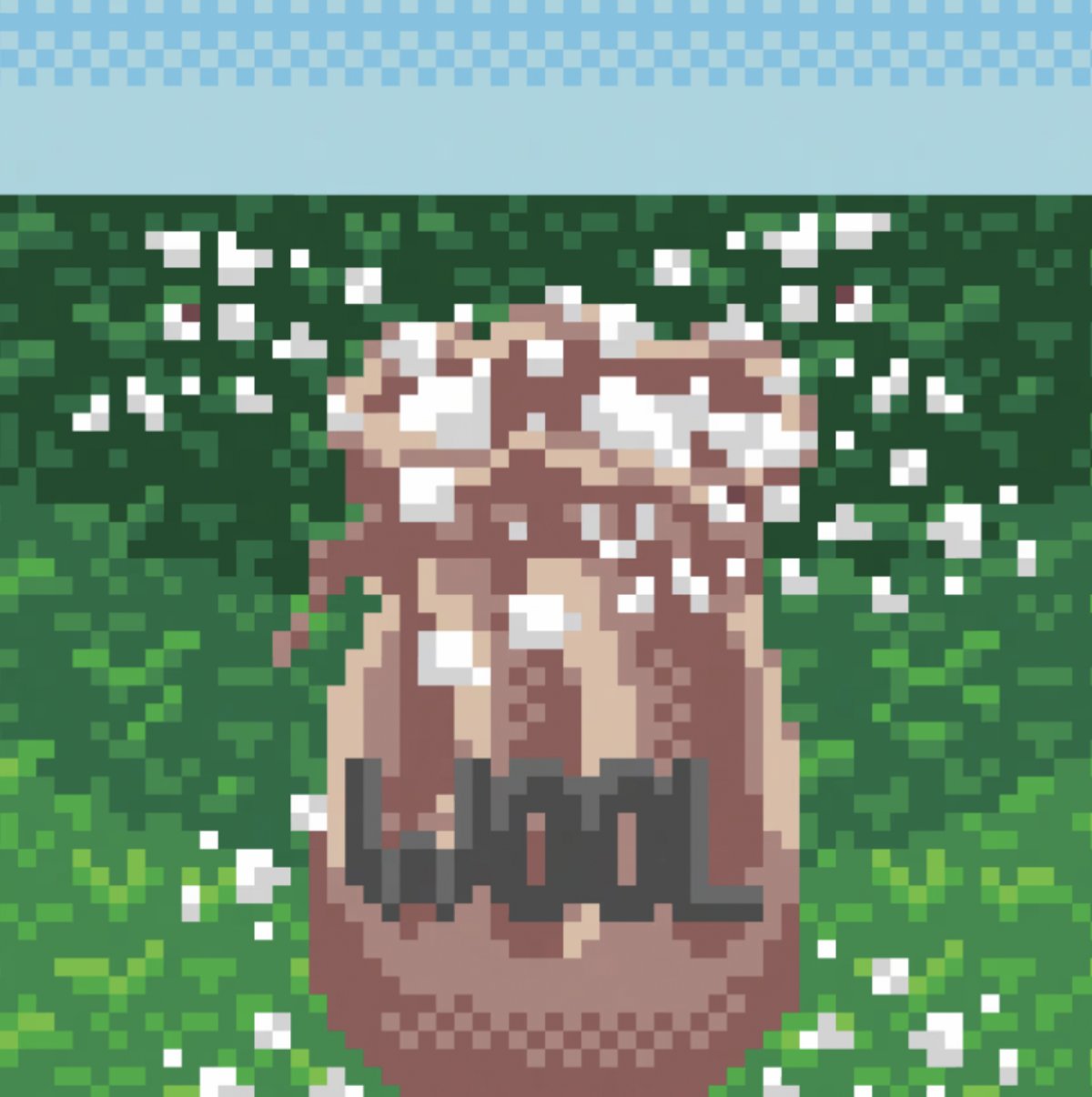
Other Wolf Game NTS include Generation 2 Wolf and Sheep. These are similar to Generation 0 (and bred Generation 1) Wolves and Sheep but have lower energy capabilities and require more frequent recharging. Next are Farmer NFTs, which players can use to expedite the Sheep breeding process and decrease the chances of newly-bred Sheep being stolen by Wolves. Lastly, there are Wolf Game Relics, 1-of-1 pieces that tell the game’s lore, and even Wolf Game Merch.
Can Wolf Game sustain itself?
All P2E games come with concerns about sustainability, and Wolf Game is no different. The FOMO that enabled people in the early Wolf Game ecosystem of late 2021 to make massive gains on their NFT buys was never going to last forever. Still, the project has shown impressive longevity in its ability to sustain the value of its assets.
The economy surrounding Wolf Game is intriguing. Since most players stake their NFTs to earn or steal WOOL, there’s not a huge supply of them on the market. For example, of the over 13,000 NFTs in the Genesis 0 collection, only 315 are currently listed (and have a floor price of 0.5683 ETH). Even a slight increase in demand for those NFTs can cause people to buy up what is available, like they did in November 2021. This, in turn, creates a greater incentive to stake to earn WOOL, driving up the token’s value and creating a cycle of increasing value.
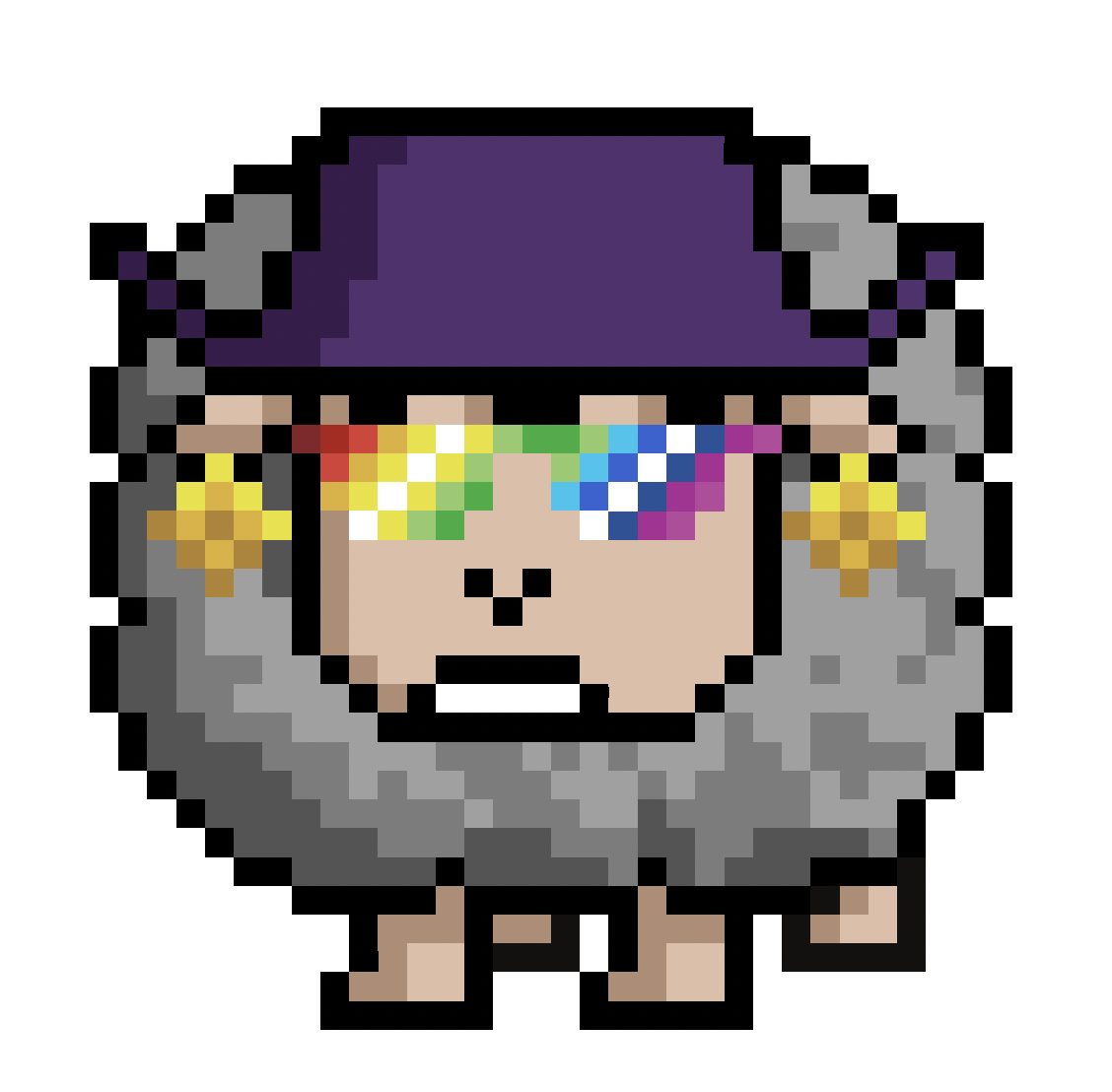
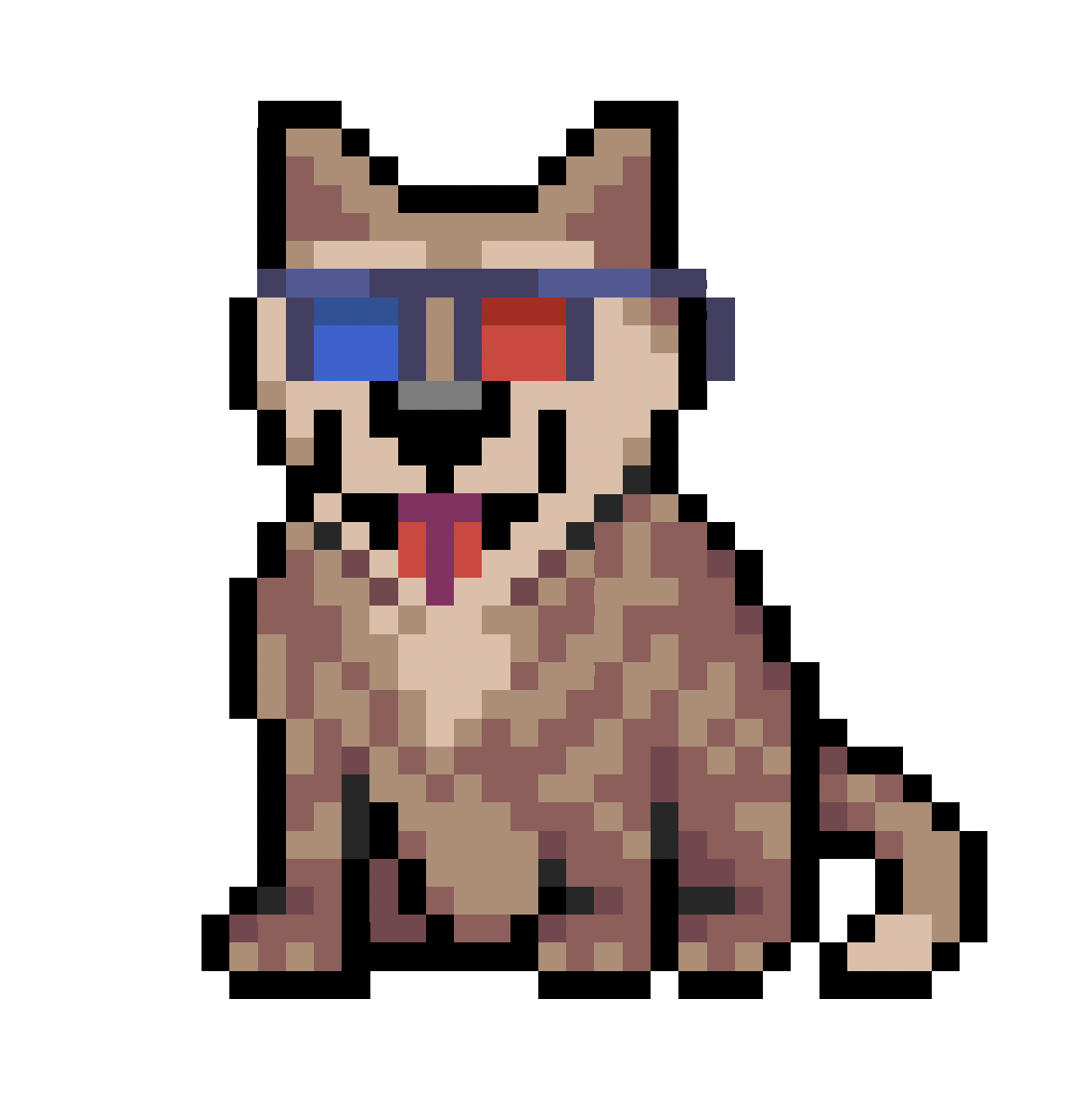
This can come across as a bit Ponzi-adjacent, but the game has some dynamics that actively push against runaway inflation, like the fact that low-level Sheep and Wolves take upwards of a month to breed a single new NFT. The Wolf Game team has also engaged in some significant burn events in its history. One of these occurred in January 2022 when game developers auctioned off the 10 Relics now trading on OpenSea for millions of tokens, and another when 76 million WOOL were burned to mint Generation 1 NFTs. Wolf Game players can also visit the Butcher in the game to burn their Sheep for Chops (a resource used for breeding), and finally, all WOOL spent in the game is either burned or added to the Community Rewards fund.
The future of Wolf Game
Wolf Game remains a healthy ecosystem. With the release of its most recent iteration, the original NFT collection has seen a relatively robust trading volume of 567 ETH on OpenSea in the last 30 days. Further, with people like Gmoney dropping 25 ETH on a piece of Wolf Game land and Shamdoo selling Wolf NFTs for 100+ ETH, it’s safe to say that the game is still going strong. The Wolf Game team has likewise continued to tweet out cryptic messages that hint at the game’s future developments and has consistently shown a sincere interest in doing right by its community.
The future of blockchain gaming is still far from certain, but it’s encouraging to see long-term experiments in the P2E sphere like Wolf Game establish themselves as seriously creative forces in the NFT space. If anything else, the game has proven to be a fascinating case study of how intelligently and carefully incorporating risk and strategy in the Web3 gaming world creates an allure that people simply can’t stay away from.
The post Wolf Game NFTs: A Guide to Gameplay, Wool, and More appeared first on nft now.

